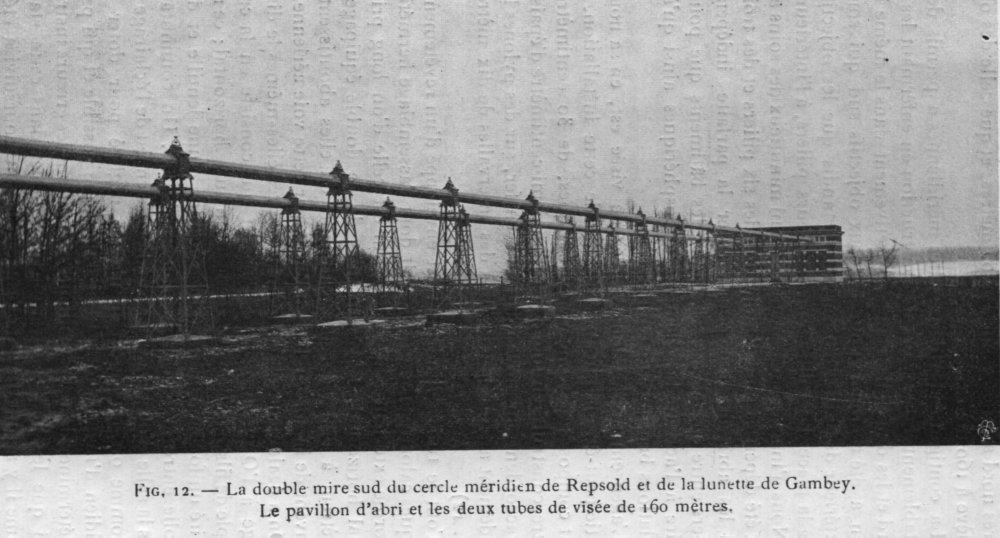Leaderboard
Popular Content
Showing content with the highest reputation on 04/23/20 in all areas
-
2 points
-
https://en.wikipedia.org/wiki/Segment_tree1 point
-
You can buy a chainsaw on the Internet. But to use it safely you need training and safety equipment.1 point
-
There are languages that have little or no concept of types. For example, in Perl, you can assign the value "123" or the value 123 to a variable and then treat that variable as a string or as a number (variables are prefixed with '$' in Perl): $s="123"; # A string $i=123; # An integer # Do arithemtic on both print $s + 1, "\n"; print $i + 1, "\n"; # Do string operations on both print substr($s, 1), "\n"; print substr($i, 1), "\n"; This program will print: 124 124 23 23 So it treats strings and integers identically. Now that looks really convenient. Why worry about types? Well, one reason is security (finding bugs). After all, you can pass a string to a function like sqrt (the square root function). Which is fine if you say $x="4"; sqrt($x), that returns 2. But what if the variable has got set to some non-numeric value by a bug in the program? What is the square root of "banana"? (According to Perl, it is zero). So maybe it would be nice to have the program check that you aren't doing something silly / dangerous like trying to take the square root of a string. That is where type checking comes in. Some languages are a bit stricter than Perl. So Python doesn't make you say what type your variables are, but it doesn't allow you to pass a string to a function that expects a number. Some languages are a bit stricter. So C / C++ require you declare every variable with its type. Others are even stricter still. It may be quicker to write a short program without worrying about types. But by the time you have to write (or, even worse, maintain) a long piece of code, you will be wishing for strong type checking. Which is why Python has added it as an optional extension. Another benefit of types, is that it allows the compiler to make some optimizations it might not be able to otherwise. For example, if you say that a variable is of type "byte", then the compiler knows it only needs 8 bits of storage. If you define a variable as "float" or "double" then the compiler knows they need 32 and 64 bits, respectively. Similarly, adding two values that the compiler knows to be integers can just require a simple "add" instruction. If it knows they are floating point variables, then it knows it has to do a "fpadd" instruction. If they are string variables then it knows it can needs to append one sequence of bytes onto the other.1 point
-
Something which has always bothered me... I understand that the 4dimensional line element ds^2 = dx^2 + dy^2 + dz^2 - c^2dt^2 is invariant under a Lorentz transform, and that the 'time', on the 4dimensional space-time manifold, needs to be expressed as a co-ordinate distance, hence x, y, z, and ct. But the fact that c^2dt^2 is negative, implies the dimension is actually ict , an imaginary quantity. What exactly is the reason for making it imaginary ? Is it as simple as the fact that the complex plane is orthogonal to the real plane ( of the x,y,z dimensions ) ? Or is there a reason other than orthogonality requirements ?1 point
-
ANSI-C is the closest. Just change to if(....) printf(....); (semicolon at the end of line of code is required) and add #include <stdio.h> at the beginning. and cast type to float (because %f is used)1 point
-
The greedy approach is bad because it doesn't find the optimum solution. Once a site has been selected it cannot be changed. It can lead to situations where one site is responsible for a large area in comparison to other selected sites.1 point
-
It should be smarter than that. Pseudo code: if mem >= 1e12 then printf( "%.1f TB", mem/1024/1024/1024/1024 ) else if mem >= 1e9 then printf( "%.1f GB", mem/1024/1024/1024 ) else if mem >= 1e6 then printf( "%.1f MB", mem/1024/1024 ) else ... Also if we have fixed memory size, we could draw one continuous horizontal/vertical bar for both. Used memory in red color, free memory in green color.1 point
-
It is a bit difficult since i am not sure what your goal is but here is some advice. 1. Remove the 4 sdiskusage items from the 3 cases and put them in the graph title (since they are the same in all cases), something like "Comparison of CPU performance with a sdiscusage of total=bla bla, used= bla bla, etc. 2. for the virtual memory and the memory usage i would change them to megabytes a terabytes assuming that the numbers are bytes. 3. change the rss to rss x 10^-6 4. change the time from sec to sec x 10 That should make all of the changing variable to th range of about 2 to 16 so you can see the differences easily. Hope that helps or at least gives you some ideas.1 point
-
The data for the three graphs is nearly identical so the graphs will be nearly identical. Maybe it is better to have separate y-axis scale for the values; the small variations and small values are not visible. When drawing a bar that has the height of approximately [math]10^{11}[/math] next to one that is approximately 1.0 the latter will not be visible since it is so small in comparison.1 point
-
Certainly, each particle of the Universe contains all the laws governing it as the image of the alive cell containing in its core all genetic information to be it living respective. This is what I seek to discover during my different works.0 points
-
Again, I'm not seeking any type of utopia; just a little better for a little bit of time... Anything we establish now, however just, will be subject to change/corruption; all we can hope for, is that this is another step on the ladder... Hopefully to a better place, that we don't actively try to destroy...-1 points
-
List some materials around your life can be original of water: Crude oil? the fossil fuel was created very long time underground from the first of carbon hydrated of trees and animals, human died, but when crude oil or gasoline burning would gives carbonic CO(2) and water H(2)O Iron(Fe), Zinc(Zn), and almost metal tools or household appliances were first from exploits mines and it containing .nH(2)O (hydrated) and we want to have a pure metal, it need burning, but burning need the most of carbon hydrated material and this one giving CO(2) and water Plastic material? It made of cracking crude oil, cracking need heat from burning or heating from electric, hydroelectric or thermal electric need raining from sky down water to become rivers and many magnetic turbine need burning to completed, or solar electric also need burning for making glass for taking shine... wind electric need turbine magnetic to active.. but water and electric have correlation how? All batteries need Hydrogen H(2) out from anodes (+) to active electric running, but in many cathode or anode making from metal, it need burning.. there maybe no Oxygen existing on the world, this world has only Hydrogen, the world of Hydrogen, so all materials can be called Hydrogen with distinguished function f(x) or formulas...-1 points
-
This has analogies with the organization of matter especially within quarks which are with electric charges of thirds of electrons-1 points
-
All physics equations are essentially functions. All functions extend infinitely. In the case of E=MC squared because mass and energy is conserved the function on the graph cannot extend forever it will come to an abrupt halt in converting mass into energy. The term terminal velocity describes why nothing can accelerate forever. The velocity of the object or particle will render the function finite. In the case of relativity which states an object with mass would require an infinite amount of inertial mass and kinetic energy as it approaches infinitely closer to the speed of light. Due to terminal velocity that function which extends infinitely on a graph will end short. The function of an expanding universe should expand the universe infinitely but due to critical density the universes expansion comes to a complete halt also displayed on the graph of the function. The infinite time loop should end the progression of time and make the universe last forever. However even though time does not advance in a time loop, the time frames from which events happen must still advance forward. Future predictions of the future time frames will show the course of the universe in full swing with possibly no adverse issues. Like all functions it does extend infinitely into the future. All physics variables in the graph of a function is either conserved or terminal. So real time will eventually come to a halt even while the future time frames extend infinitely. Remember the future time frames of events is an illusion until real time experiences it. So when real time comes to a halt, the previous future predictions no longer exist. There is no way to predict future real time because real time can only be experienced in the present moment. Terminal means real time can end 100,000 years or more into the future or it can end tomorrow. And since there is a scientifically proven God, may God have mercy on us all at the end of real time. The time loop no longer guarantees infinity because it is at the mercy of the time frames.-1 points











